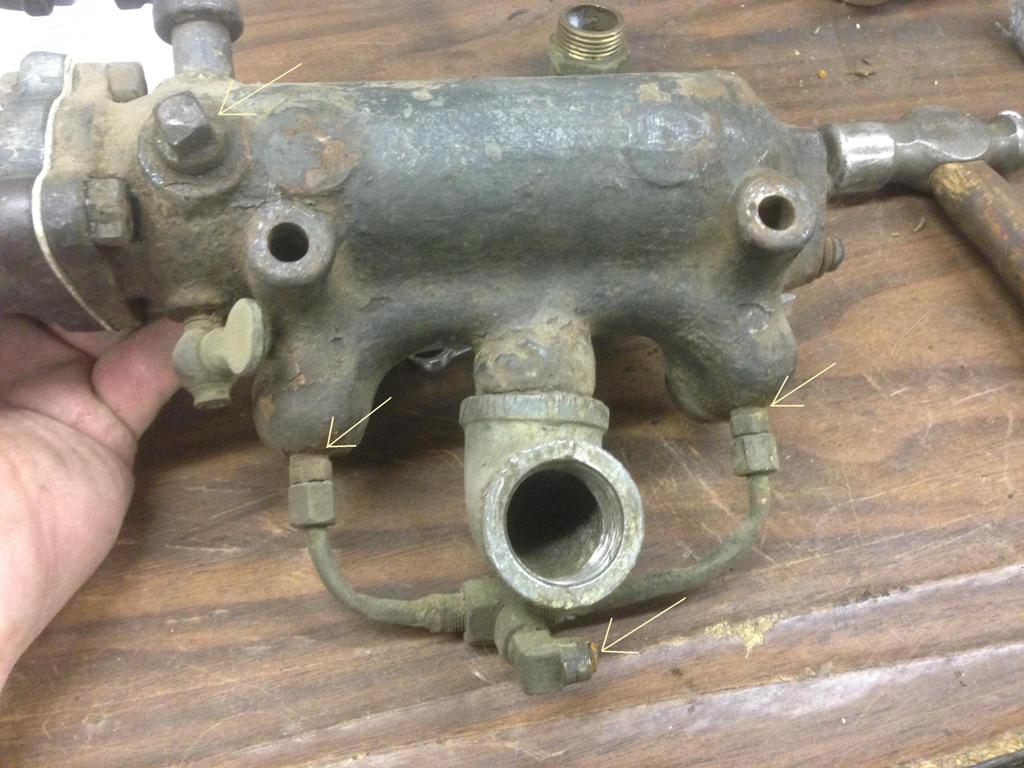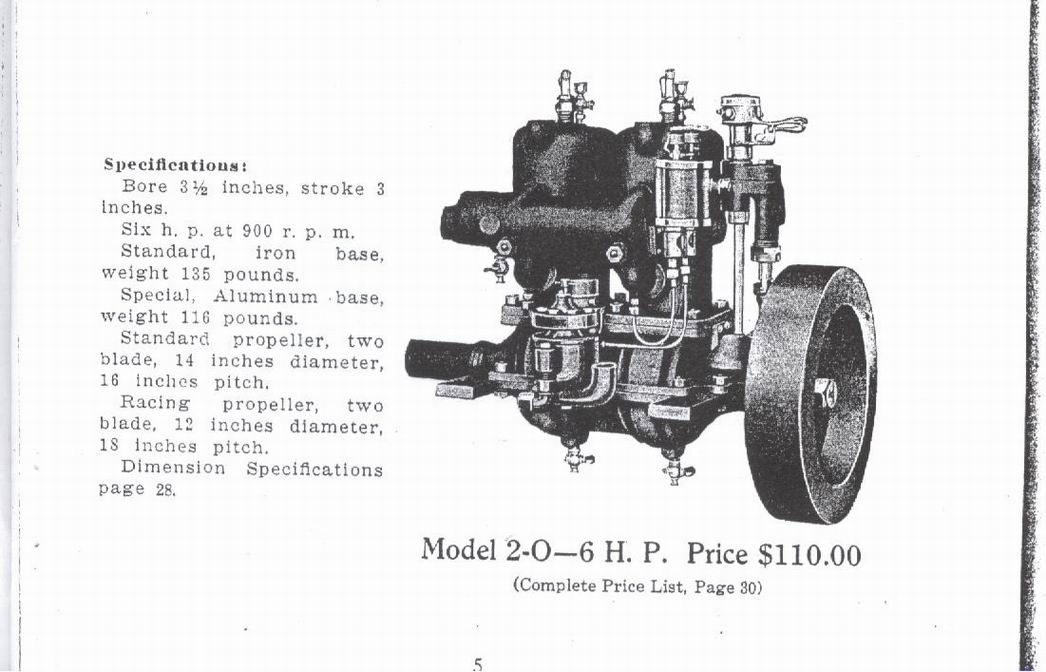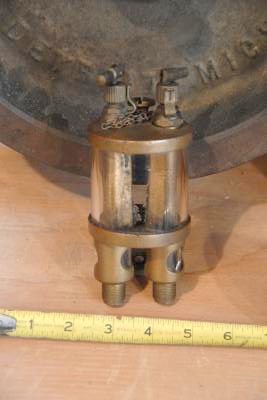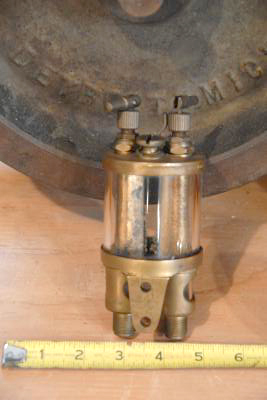| Author |
Message |
    
dave_in_nebraska
Member
Username: dave_in_nebraska
Post Number: 6
Registered: 12-2015
| | Posted on Friday, December 23, 2016 - 06:48 pm: | 




|
Just under the intake manifold ports there is a fitting screwed into them with a copper line leading away and joining together to one line just under the carburetor. At that point the line is now plugged with a piece of wood. What is the purpose of this? To me it doesn't look to be correct. Would there have been individual drain cocks there originally to drain excess unburned fuel?
Also there is a pipe thread plug blocking a hole in the side of the exhaust manifold. What was the purpose of this hole?
What is the correct color for this engine. The remaining paint looks to be a very dark grey or a black.
Many thanks!
Dave
 |
    
richarddurgee
Senior Member
Username: richarddurgee
Post Number: 3935
Registered: 11-2001
| | Posted on Saturday, December 24, 2016 - 07:03 am: | 




|
*
The mixing of the gas & oil was a revolutionary
way of better lubrication for two cycle engines, by 1912-13 most mfgs had eliminated external oilers. The engine you have seems to date to 1911
and these lines fed oil to the intake manifold, this 1911 catalog illustration shows this oiling system !
From researching my files your engine is a rarity
and the only one I came across with this oiler ??

* |
    
dave_in_nebraska
Member
Username: dave_in_nebraska
Post Number: 7
Registered: 12-2015
| | Posted on Saturday, December 24, 2016 - 03:10 pm: | 




|
Thank you Richard. The double drip feed oiler shown in your picture also helps explain the reason for the two round head bolts that are on the end of the manifold assembly. I would think that finding that particular oiler could prove to be a challenge. I have a few smaller single drip oilers that I should be able to make a mounting bracket in order to make it look somewhat right. I suppose they would not necessarily need to be functional with a proper fuel/oil mixture going into the carburetor. |
    
hark hervey
Visitor
| | Posted on Monday, December 26, 2016 - 09:43 pm: | 




|
I have two complete engines of this model and
an incomplete "parts" engine.
The two complete engines have the duplex oilers, the parts engine (obviously a later version) does not.
They all came from the Minnesota-Michigan area. All had been well use, when found.
The best of the three is going through a ground-up restoration...reground crank, new babbit in mains and rods, new pinned piston
rings using nos air compressor rings. Pistons
with matched rings and connecting rods are being trimmed to the same final weight.
It's a pleasant, if time-consuming project.
Final reassembly expected by early spring, then
fitted to Valinda the 14 x 4 open Geo Lawley launch sitting empty on its trailer.
Holiday greetings, Hark Hervey, Vista, CA |
    
dave_in_nebraska
Member
Username: dave_in_nebraska
Post Number: 8
Registered: 12-2015
| | Posted on Monday, December 26, 2016 - 10:10 pm: | 




|
Hark I'm looking forward to seeing your engine up and running this spring. I have no doubt that it will be done very well. Your help and advice you have given me on my engine is most appreciated.
I have an automatic search going on Ebay to find a duplex oiler. I'm sure one will pop up.
Dave |
    
dick_briggs
Member
Username: dick_briggs
Post Number: 16
Registered: 02-2015
| | Posted on Tuesday, December 27, 2016 - 11:27 am: | 




|
Would this oiler serve? It is a check-ball oiler so might not be what you need, but then again it would work. The mounting holes are 7/8 apart OC.
  |
    
dave_in_nebraska
Member
Username: dave_in_nebraska
Post Number: 9
Registered: 12-2015
| | Posted on Tuesday, December 27, 2016 - 06:14 pm: | 




|
Dick it looks as if it would be a perfect match for my engine. The spacing of the mounting holes is the same as is on the end of the intake/exhaust manifold.
I will send you an email so we can work out the details.
Really appreciate your willingness to make this available.
Dave |


